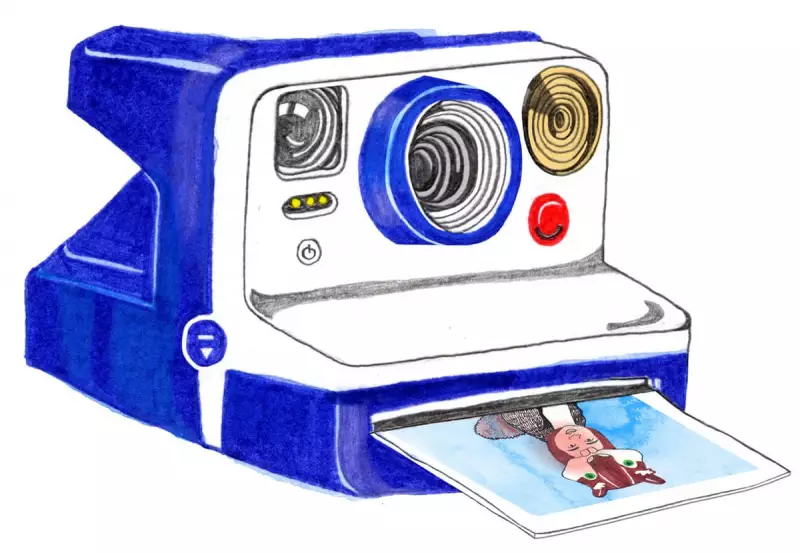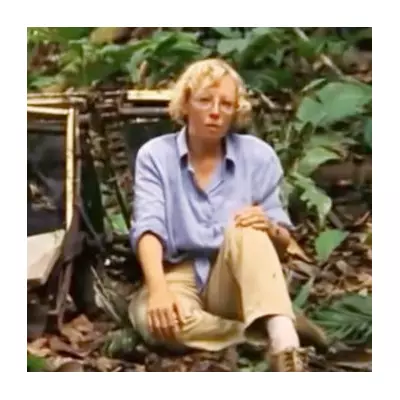
Ever been stumped by a simple question from your child? You're not alone. A delightful feature in The Guardian recently put children's boundless curiosity in the spotlight, tackling some of their most wonderfully perplexing questions.
The Instant Magic of Polaroid Cameras
In our digital age, the vintage charm of the Polaroid camera holds a special fascination. But how does it actually work? The magic lies in a clever chemical process. Each film cartridge contains layers of dye and developer. When you press the shutter, the camera ejects the film. As it exits, rollers inside the camera spread a chemical reagent across the image, kickstarting a development reaction right before your eyes. It’s a tangible, hands-on form of photography that feels almost like wizardry.
Where Do Tree Roots Really End?
This question is a botanical brain-teaser! While we imagine roots mirroring the branches above, the reality is far more complex. A tree's root system is a vast, sprawling network that typically extends two to four times the diameter of its canopy. But it doesn't just stop. The roots thin out at the edges, seeking water and nutrients, and their reach is ultimately limited by soil conditions, water availability, and competition from other plants. They never truly 'end'; they just become too fine to easily detect.
More Marvelous Mysteries Unravelled
The article doesn't stop there. It serves as a fantastic primer for parents, offering clear and engaging answers to a whole host of other head-scratchers, such as:
- Why is the sea salty? A result of minerals washed from rocks on land and openings in the seafloor.
- How do aeroplanes stay in the sky? The clever engineering of wing shape creating lift.
- Why do we have eyebrows? Primarily to stop sweat and rain from running directly into our eyes.
This piece is a beautiful celebration of childhood wonder. It reminds us that the world is still full of mystery and encourages families to explore these questions together, fostering a lifelong love of learning and discovery.





